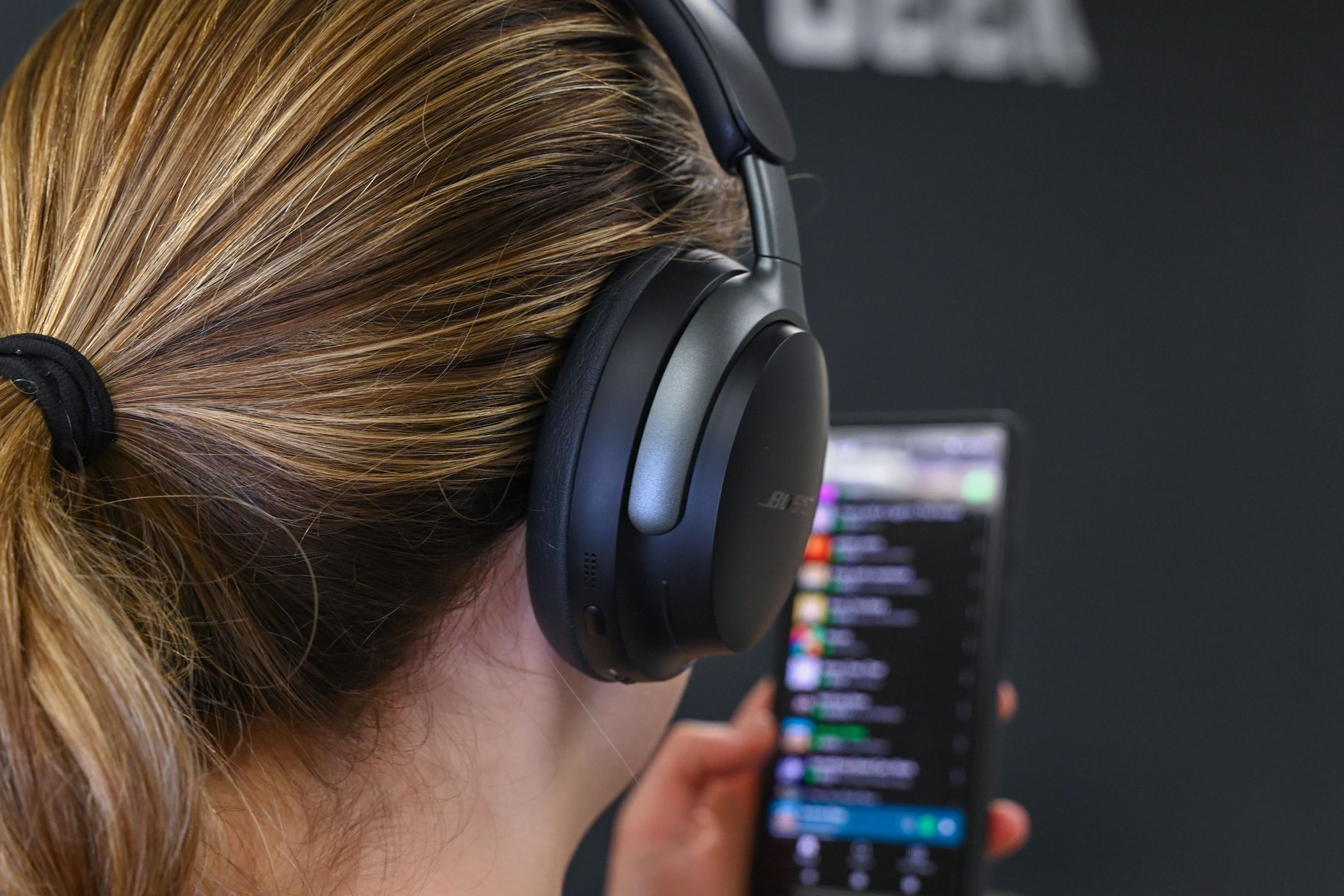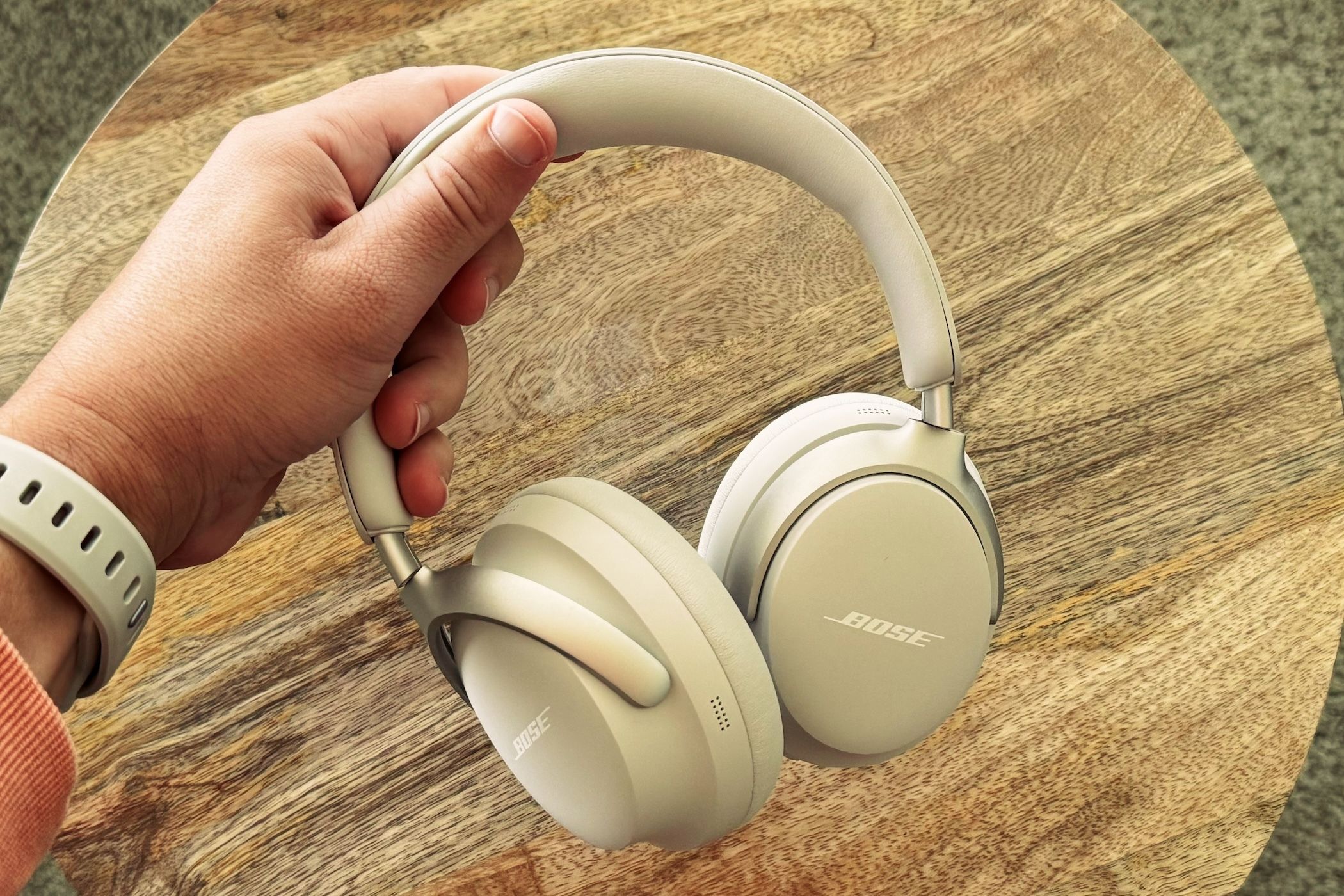
Transform Your Audio Experience with a Switch From Stereo to Immersive Spatial Headphones

Transform Your Audio Experience with a Switch From Stereo to Immersive Spatial Headphones
Key Takeaways
- Spatial audio simulates 360-degree sound, enhancing immersion and recreating real-life sound experiences with digital 3D mapping.
- Spatial audio works best with movies and video content but can also enhance music, gaming, and video calls.
- To experience spatial audio, choose headphones, streaming platforms, and source devices with spatial support tech.
Headphone shoppers will find more and more manufacturers offering a spatial audio feature. After coming across one too many people who sang the praises of this brave new world of listening, I bought a pair of headphones with spatial audio. For many reasons, I don’t see myself switching back.
Why the Hype About Spatial Audio?
The word immersive is a common adjective used to characterize the quality of an audio experience. Essentially, immersive means true-to-life, where what you hear mimics real-life occurrences spatially, multi-dimensionally, and in 360 degrees.
That’s the draw to spatial audio . The headphone speakers and software recreate playback using filters and object-based sensors to simulate sounds as they would emerge in real life, such as coming from above, below, or behind you, depending on where you’re standing or how your head is turned.

THX
For example, say you’re standing in the woods and a tree falls somewhere to your left. You’d hear the crash slightly faster and louder on the left-hand side. Or if the tree crashes in a valley it would sound different from crashing on a hill. Headphones with spatialized audio can make these distinctions.
Is Spatial Better Than Stereo?
Stereo is the typical format you hear with your average song or video. Stereo audio records sound on two microphone channels, left and right. These microphones pick up differences in sounds based on which side they’re set up. After mixing the two tracks, the audio provides some sense of depth and width. However, spatial audio takes it up a notch.
Stereo operates on a 2D axis, while spatial audio uses digital processing to map objects out on a theoretical 3D plane, meaning you don’t need surround speakers to achieve heightened immersion. That’s how this audio type works even with tiny earbuds. As the user moves, gyroscopic sensors pick up the spatial changes, altering sound based on where the user is standing, sitting, or moving.
“Better” is always a tricky word to throw around. But is spatial audio more advanced? More immersive? Definitely.
I Made the Switch, and Here’s What Changed
I bought the Bose QuietComfort Ultra , which features Bose Immersive Audio technology—the brand’s version of spatial audio. It certainly comes with a premium price, but you can find other recommended headphones with spatial audio like the Sony WH-1000XM5 that are easier on the wallet.

Tyler Hayes / How-To Geek
After a few weeks of listening, I found the most advanced application of spatial audio is with movies and television. When I made the switch, I was finishing up Stranger Things. That’s when I saw Netflix’s option to toggle on spatial audio. Even on my laptop, the enhanced sound detail proved more engaging than listening without spatial audio.
Live music enthusiasts should also think about trying spatial audio. Both with live and studio recordings, the spatial setting makes you feel present in the recording studio or near the stage. I’ll admit, sometimes the audio comes across as slightly imbalanced, given some songs are recorded specifically for stereo . However, this frequency imbalance was a rarity in my experience.
Lastly, something I didn’t even realize would change with spatial audio was FaceTime calls and online meetings. Here, the effect is subtle, but it makes it easier to know who is talking based on the audio’s direction.
How Can I Get Setup With Spatial Audio?

Hannah Stryker / How-To Geek
When purchasing new headphones, examine the specs for spatial support technology, such as DTS Audio:X , THX Spatial Audio, Bose Immersive Sound, or Dolby Atmos . Also, if you use AirPods Pro earbuds or AirPods Max headphones, ensure that your phones are updated to at least iOS 15, as the software update is necessary to use spatial audio.
However, spatial audio requires more than a supporting listening device. You’ll need a supporting streaming platform or source device, too. Currently, with major streaming platforms, only Apple Music and Amazon Music have spatial audio—Spotify and YouTube Music aren’t there yet.
The same goes for movies and television. Not all movies and TV work with spatial settings, although the selection is becoming more abundant. But you can search on the platform to see if the video in question supports spatial audio.
Spatial Audio: Is the Immersiveness Worth It?
I’ll tell you this: I’m a believer in spatial audio. Whether it’ll make a huge difference depends on your use case. But it’s worth giving a chance.
Also read:
- [Updated] In 2024, DJI Aerial Units Baseline, Upgraded, UltraHD Experts
- [Updated] Skyrocket Your Subscriber Count 6 Proven Ways to Keep Audiences Coming Back
- Charting the High Tide of Piracy Phrases
- In 2024, How to Change Lock Screen Wallpaper on Samsung Galaxy A14 4G
- Inside the Glass Laptop Phenomenon: How Lenovo Defies Expectations with Transparency and Performance - Report
- Mastering Screen Clipping Techniques for Dell/Lenovo/Mac Laptops as Revealed by ZDNET
- Processus D'Entreprises Motivent Les Français À Travailler À Distance À Changer D’Emploi
- Remedying Sm Bus Drivers in WIN10/11 Systems
- Secure Your Deal on the HP Victus 15 Gaming Laptop for an Unbeatable Price of $450 - Limited Time Offer at Best Buy Prime Day | Insights
- Top Tech Brands Compared: Apple Maintains Satisfaction Edge Over PCs with Samsung Catching Up, Reveals ZDNet
- Unbelievable Deal Alert: Top-Tier Gaming Audio Experience Now Just $150 Less on Amazon - Discovered !
- Title: Transform Your Audio Experience with a Switch From Stereo to Immersive Spatial Headphones
- Author: George
- Created at : 2024-12-23 23:28:29
- Updated at : 2024-12-27 17:30:49
- Link: https://hardware-tips.techidaily.com/transform-your-audio-experience-with-a-switch-from-stereo-to-immersive-spatial-headphones/
- License: This work is licensed under CC BY-NC-SA 4.0.